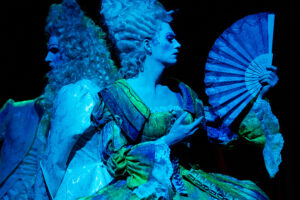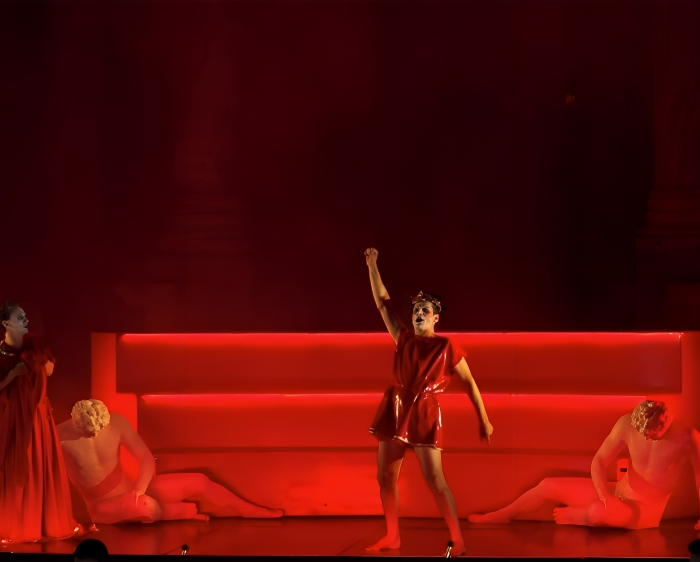
Opera Profile: Leonardo Vinci’s ‘Artaserse’
By John VandevertPhoto Credit: Concerto Köln
Much like his contemporaries during the 18th century, Leonardo Vinci, a highly important but relatively overlooked Italian composer from the first-half of the 18th century whose 40 operas have gone relatively ignored by contemporary opera and early opera alike, used mythology and extant fiction like everyone else at his time. His final opera, composed the year of his death (1730), “Artasere,” an opera in the quintessential definition of the term, that is a “drama set to music,” has been considered the masterpiece of the Vincian operatic language, and the one which his name is most often invoked. Although he composed earlier operas which were just as effective like “Li zite ‘ngalera” (1722), an opera buffa which has more or less been left alone, and “Partenope” (1725), officially recorded in 2013, it is his final opera which cemented his name in opera history.
The opera, three acts but with 41 total scenes, revolves around Artaxerxes I, real-life King of the Achaemenid Empire, that is to say everything from the Eastern part of Libya to the Western part of Uzbekistan, and famous son of equally operatic Xerxes I. Due to the ban of female singers at the time, only castrati were able to play the female roles, although performances of the opera during the 18th-century outside of Rome did feature women. Following a complicated love story between Mandane and Arbace, Semira and Artaserses, and Megabise and Semira, the opera finally ends with a joyous celebration of love with the challenges and deceit being forgiven by the King. This same story, written by Pietro Metastasio, a librettist and playwright for far more than just opera including cantatas and numerous other stage works, was used as the basis of other operas as well, famous among them being German composer Johann Hasse’s 1730 version and Czech composer Josef Mysliveček’s 1774 version.
Listen
Categories
Opera Wiki

